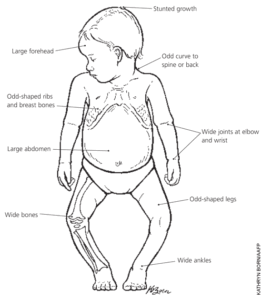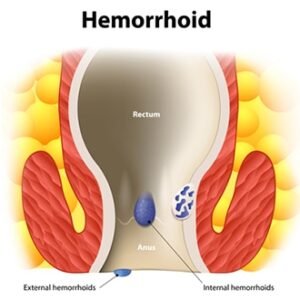Patellar Subluxation_ What to Do About an Unstable Kneecap
Understanding Patellar Subluxation: How to Manage an Unstable Kneecap
Patellar subluxation refers to the misalignment of the kneecap (patella), which may cause pain and instability. To better understand this condition, it’s helpful to know a little anatomy. The knee joint consists of three bones: the femur, tibia, and patella. These bones are covered by cartilage, ensuring smooth movement. The patella is connected to the quadriceps muscles in the thigh by a tendon, allowing it to slide up and down a groove in the femur called the trochlea when the knee bends.
In a healthy knee, the patella glides smoothly within the trochlear groove. However, in some individuals, the patella may shift outward, moving out of alignment. This is known as patellar subluxation, where the kneecap partially dislocates from its proper position.
Symptoms of Patellar Subluxation
The symptoms of patellar subluxation vary depending on the severity of the condition. In some cases, there may be no noticeable symptoms, while in others, the kneecap may become dislocated completely, causing more severe pain. Often, individuals with patellar subluxation experience discomfort around the kneecap, known as patellofemoral pain syndrome (PFPS). This can manifest as aching or a sensation of instability.
Patellar subluxation is a common cause of knee pain, especially in individuals who experience repetitive strain or abnormal tracking of the kneecap during movement.
Causes of Patellar Subluxation
Several factors can contribute to the instability of the kneecap, leading to patellar subluxation. Common causes include:
-
A wider pelvis
-
A shallow trochlear groove
-
Abnormal gait patterns
-
Weakness or imbalance in the muscles surrounding the knee
In recent years, attention has shifted towards the role of the hip muscles in controlling the alignment and movement of the patella. Weak or imbalanced hip muscles, particularly the hip abductors and flexors, can affect the mechanics of the knee, leading to subluxation.
Other knee conditions, such as arthritis or patellar tendonitis, can also cause knee pain and should be considered when diagnosing patellar subluxation.
Treatment Options for Patellar Subluxation
Treatment for patellar subluxation depends on the severity of the condition and the underlying cause of the misalignment. Here are some common approaches:
-
Initial Assessment and Diagnosis
The first step in treating patellar subluxation is ensuring that the patella is not fully dislocated. A healthcare professional will perform a physical examination and may use X-rays to confirm the position of the patella. -
Physical Therapy
Physical therapy is the primary non-surgical treatment for patellar subluxation. The focus is on strengthening the muscles around the knee and lower extremity to improve the alignment and movement of the kneecap. Research has shown that improving the strength and function of the hip muscles is particularly effective in stabilizing the patella. -
Bracing and Taping
Bracing or taping the knee can offer symptomatic relief, though it’s generally not a long-term solution. Taping techniques, such as McConnell or Kinesio taping, may help alleviate pain during activities like stair climbing but might be less effective for more intense physical exertion. -
Shoe Modifications
Proper footwear can help control the gait cycle, especially during running. Well-designed running shoes can reduce the stress on the patella and improve the alignment of the knee joint. -
Surgical Treatment
In cases where non-surgical methods do not provide relief, surgery may be necessary. Several surgical techniques are used to correct patellar subluxation, including:
-
Lateral Release: This procedure loosens the tight ligaments and tissues on the outer side of the knee to improve patellar alignment.
-
Medial Ligament Reconstruction: This surgery repairs or reconstructs the ligaments on the inner side of the knee, helping to pull the patella back into its proper position.
-
Bone Realignment: In severe cases, realigning the bones may be necessary to correct the angle of pull on the patella.
While surgery can be effective, it’s important to understand the specific cause of the instability before opting for a surgical solution, as an improper approach can lead to unsatisfactory results.
Key Takeaways
Patellar subluxation is a common cause of knee pain and instability, but it can often be managed with physical therapy and lifestyle adjustments. In more severe cases, surgical options may be considered. Understanding the underlying cause of the condition is crucial to determining the most effective treatment plan.
Frequently Asked Questions
-
Does taping the kneecap help with knee pain?
Yes, taping techniques can provide temporary relief for knee pain, especially during activities like climbing stairs. -
How is patellar subluxation treated?
Treatment typically involves physical therapy, bracing, and addressing any underlying factors like muscle imbalances or footwear issues. In some cases, surgery may be required to correct the condition.








